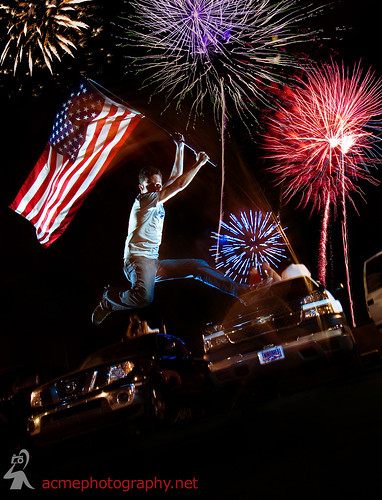On October 15th, 2006, while a small group of amateur photographers were hiking at Papago Park in Phoenix, Arizona, something strange happened. A guy jumped. Well, actually, another guy jumped first, then his wife, and then the jumper jumped. At the time, he wasn’t the jumper. In fact, he very rarely jumped and nobody had ever remarked that his jumping was any different than anyone else’s.
The strange thing which happened that afternoon was the jumper’s jump. It didn’t end when his feet returned to the ground. In fact, the jump didn’t even end in Phoenix.
At the time, nothing seemed special about the jump. The preview screen on the camera showed what appeared to be a well-captured photo of a good jump. Nothing spectacular. Just a good jump. The hike resumed.
Throughout the following months, the group met up at other locations around Phoenix. When the opportunity arose, the photographers enjoyed taking other jumping photos. The jumper, who was still not known as such, happily obliged.
At a conference in November of 2007, the jump that left the ground over a year earlier started to turn into something. The jumper was introduced to someone he had never met by someone he had never met as, “the guy that jumps.” The jump had somehow preceded the jumper.
Fast forward another thirteen months to December of 2008.
A group of people in New Hampshire who had never been in direct contact with the jumper scheduled a local photography meet-up. The theme of the meet-up was to jump. More specifically, it was to emulate the jumper’s 2006 jump and those that followed.
How the jump traveled over 2,000 miles to the Northeast United States on its own is a testament to the strange power of the Internet.
Amazingly, the jump didn’t stop there.
The jump that left the ground in 2006 was seen again in 2009 on the other side of the Atlantic Ocean. Some 5,000 miles away, a German Flickr and Twitter user visiting Lake Garda in Italy decided to jump the jumper’s jump.
That, to me, is a leap of unimaginable scale. One that started innocently enough during a hike in Phoenix, Arizona.






